What are the benefits of insulation?
-
It's usually much cheaper than other ways to deal with the heat (e.g. getting a new heating system)
-
Insulation is often an easy DIY project that allows you to save money without the labor costs that may involve getting a professional in, and it can even be done in sections since most insulation comes in rolls
-
It prevents drafts and air leaks so you don't lose as much of your heated air and it helps stabilize temperatures throughout your home.
-
Many experience up to 16% saved on energy usage so, depending on how long insulation will last, this difference could save thousands of dollars over time depending on your situation!
Call Now - (650) 460-1311
Get Your Free Quote!
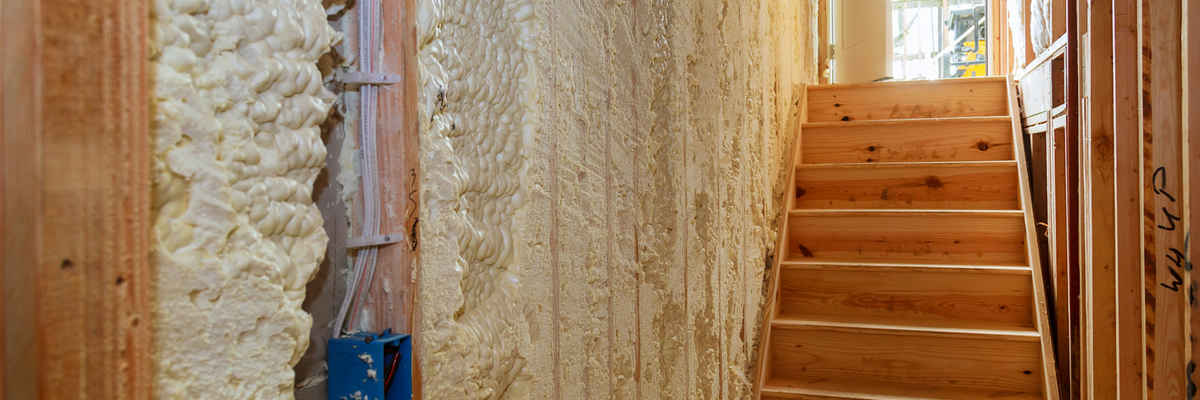
What is fiberglass batts insulation?
Fiberglass batt insulation is when the raw virgin fiberglass fibers are compressed into flat mats that are then cut into panels, called "fiberglass insulation."
Fiberglass insulation that has undergone a step of flame-battardment, which involves again compressing the panel in between two materials with an ignition source at one end.
The most common form of insulation
The purpose of this process is to treat the last 8mm or so of the panel's outermost surface so it doesn't ignite in contact with flames in a home's entrance areas or near fireplaces. Instead, it ignites on its own and provides an additional layer of protection within the overall wall construction. Fiberglass batt insulation is the most common form of home insulation. It has an R-value of around 3.7 per inch, which makes it poor at reducing heat loss across large surface areas. Fibreglass batts are rather inexpensive and very easy to install.
Does not stop air movement
It's important to note that fiberglass does not stop air movement (it is not as effective as other materials such as foam insulation).
Fiberglass batts are sometimes cut to fit between the studs in a home's wall and then covered with drywall. Fiberglass batts can also be installed inside a wall cavity, where they're held away from the metal and wood of the studs with either metal or plastic supports.
Keep away from humidity
Fiberglass batts are highly susceptible to moisture, which leads to mold growth and other moisture-related problems. Fiberglass insulation should not be installed in areas where it will be exposed to water (be sure to use vapor barriers), or where the relative humidity exceeds 60 percent. While fiberglass is somewhat mold resistant, when exposed to humid conditions, it can provide an environment in which mold and mildew can thrive.
Call Us Now - (650) 460-1311
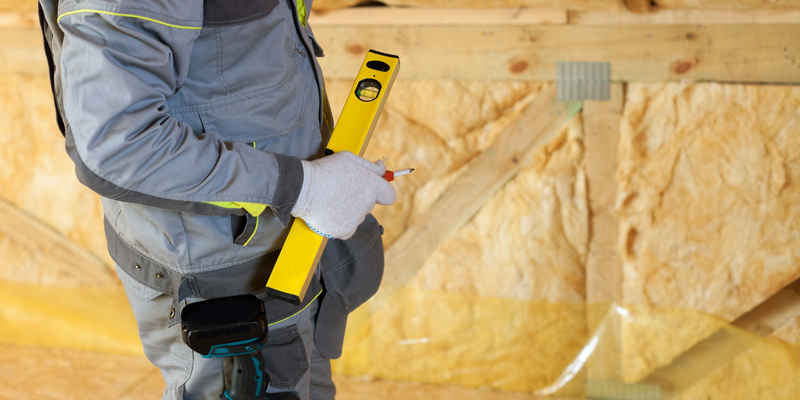
What is commercial insulation?
Commercial insulation is a type of structural, thermal and acoustical insulation that is installed there for the purpose of improving the building's energy efficiency.
Commercial insulation has several qualities, including fire resistance and special sound dampening or echo-proofing coatings such as mineral wool (fiberglass) acoustic panels. Common types come in polyurethane foams like rigid board, expanded polystyrene (EPS), cellulose waffle boards and balsa wood made from shredded newspaper about 1/4" thick. They are also available in various thicknesses and densities. Some materials are used for both insulation and noise control, such as cork, rubber foam board or rock wool. Others, like recycled denim fiber insulation can be used to improve energy efficiency of the building by increasing the R-Value while providing excellent sound absorption qualities that keep sound from leaving or entering a room. Commercial insulation can be used on interior, exterior and even within walls to improve energy efficiency.
Fire resistant
Commercial insulation also has fire resistant properties that play a critical role in preventing the spread of flames and smoke during a fire. A thermal barrier is a type of insulation that can help stop or slow-down the transmission of heat from one area to another. The heat resistance or "R" value is the measurement of how well an insulation resists heat flow and the higher the R-value, the better it will resist heat flow.
Heat transfer prevention
Insulation, which prevents heat transfer between objects, is critically important in buildings for several reasons. First of all, energy efficiency is an incredibly important part of modern buildings. Second, even though insulation itself isn't flammable, the materials that it's made from may burn and along with the potential development of harmful gasses during a fire, insulation is incredibly important in preventing the spread of flames and smoke while providing valuable time for people to escape a building.
Thermal barriers
Thermal barriers can be made from many different types of insulation and come in the form of an entire wall or panel, or as a spray-applied product that can coat virtually any existing structure. The fire resistance qualities of commercial insulation and its ability to slow the spreading of flames is one reason why it's so important for oil rigs and gas plants to have thermal barriers installed throughout the structure.
Call Us Now!
What is spray foam insulation?
Spray foam insulation is a type of polyurethane-based spray that can create an airtight seal around pipes, gaps and holes, as well as rusted metal surfaces.
Surface protection: The first step in using spray foam is protecting the surface you'll be spraying it on. Surface protectant products (usually labeled as paintable) are needed to help insulate and make future clean up easier; otherwise, your finished project may lack durability depending on its specific use.
Humidity concerns: Using spray foam insulation anywhere that has high levels of humidity (such as kitchens or bathrooms) will require additional precautions such as ventilation systems because the moisture presents an issue for polyurethane based products like those used in typical spray foam insulation applications.
Installation: You can either hire a contractor or do it yourself; with spray foam insulation, the latter is often the preferred set-up. Be sure to choose established companies that are licensed and insured for your safety, security and peace of mind.
Dust mask: Make sure you wear a dust mask when installing
Call For A Quote - (650) 460-1311
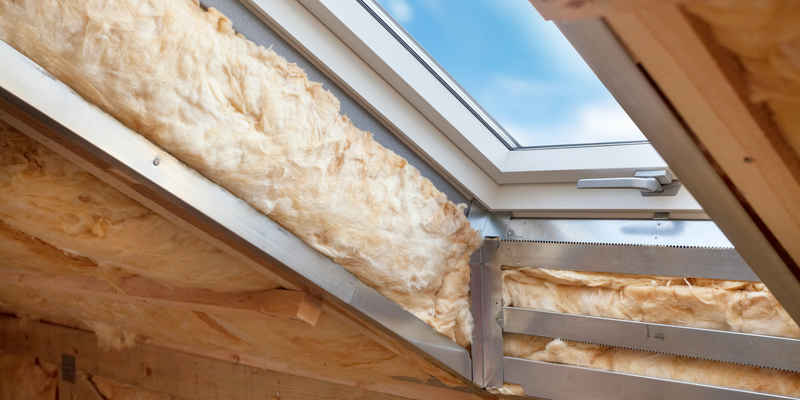
What is blown in insulation?
There's a lot to say about what goes into blown-in insulation.
As for the answer, there's a wide variety of different types of "blown-in" insulation - everything from natural mineral wool fibers to recycled cotton fiber is considered an "insulating material". The world 'blown' refers more to blowing air into it after application, rather than some sort of machine that does all the work for you on site. Unlike traditional materials like cellulose or fiberglass, insulating materials need some space between boards first - at least 3 inches of space is best for proper insulation.
What are the two types of blown in insulation?
Blown-in insulation can be applied into garages, attics, and more to meet your home's needs. There are two types of blown-in insulation: fiberglass and cellulose, both of which can come from different kinds of recycled materials like newsprint or cotton. Fiberglass tends to be less expensive, so the choice will come down to personal taste.
Why does blown-in insulation cost more?
In addition to requiring a machine for installation, blown-in insulation also requires a special type of professional installer - this kind of work is generally done by a contractor. In order to do it properly, you'll need an installer to make sure the job is done right.
Blown-in insulation requires a layer of insulation above it, as well as a vapor barrier for its best results - both of which will increase cost. In addition, special equipment needs to be brought onto site - making this into a larger project than other forms of insulation. Due to these requirements, it's generally more expensive.
What are the pros and cons of blown-in insulation?
Blown in insulation has a number of benefits, including reduced cost when compared to other types of insulation. It's also quick to install, allowing you to get your home back on track sooner - making it an attractive option for people who want their home to feel comfortable again in no time.
There are also some cons to consider when installing blown-in insulation, including added cost for materials that don't come cheap - up front. You'll also need to be prepared for a larger project than other types of insulation, due to the extra steps involved in installation. Also, fiberglass is known for its "itchy" qualities - it can irritate the skin, so you should consider wearing protective gear around it.
Take precautions with allergies
Blown in insulation is considered a safe option for your home, but it's important to take precautions while installing and removing it. Allergic reactions are possible when dealing with fiberglass, so wear gloves if you're sensitive to that.
In the end, there's a lot to consider when dealing with blown in insulation. If you're looking for a cost-effective option that lets you control how it goes into your home, then this may be a good fit for you. It takes a bit of consideration and patience to get the job done right - but the emotional and physical benefits speak for themselves.
Insulate Your Attic
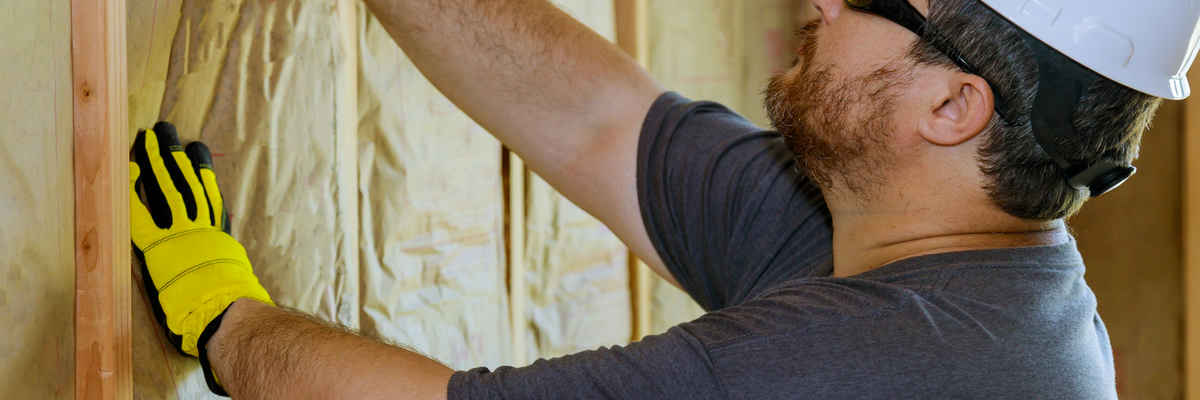
What is batt insulation?
Batt insulation is amongst many insulating materials used in the building industry. Sometimes called "blanket insulation," it is created from fibers, either natural fibers like wool or mineral fibers like rockwool, that are then woven into a textured backing material.
Insulation helps keep your home warmer in the winter and cooler in the summer. It also reduces noise inside your home, making it more livable for you and your family all year long. The type of insulation you choose will depend on what kind of warmth loss or cooling loss you have to worry about.
Batt insulation is a popular choice because it can be used in most areas of your home. It's commonly seen in homes built before the 1960s, when fiberglass insulation became more common. You'll often find batt insulation sandwiched between drywall or plasterboard and floors or walls. Many homeowners purchase batt insulators to install them themselves .
How to install rigid foam insulation on exterior concrete walls?
Rigid foam insulation is often referred to as "blanket type" because it protects like a blanket and seals like a plaster. Unlike other types of insulation, it does not need to be sealed into the studs and crevices of floors and ceilings before placement; rather, rigid foam can be stuffed right in between the walls.
Brute force sometimes works - but only if your hands are well insulated with thick gloves or heavy work gloves. Professional installers use hammers with oversized heads so they can deliver more wallop than their bare hand ever could.
Typically when installing on exterior concrete walls, contractors build metal forms for mounting strips that will hold up the sheet rock after installation so there isn't any chance of the rigid foam insulation coming loose and allowing air (and the associated drafts) into the room. Think of it as a metal frame being built around the insulation so that it can't be pushed or pulled around by your fingers after installation is complete.
The trick with exterior walls is to make sure you install rigid foam insulation all along the wall, and you will want to make sure there is at least 1/2 inch of insulation over the wall top plate AND up to each stud space (with no less than 3 inches overall).
Exterior foam insulation should also be cut back from the corners and windows using a sharp utility knife or other appropriate tool such as an air chisel. You'll find that the foam insulation has enough "give" to allow you to cut into it with minimal effort. Again, this is due to the market requirement for using the least expensive foam products available on the market.
What is the R-value of insulation?
The R-value is a unit of thermal resistance, measured in units of °F-h/Btu (English), or m²-K/W (SI) that measures how well an object, such as building insulation or clothing keeps heat inside. The larger the number the more effective the item is at keeping heat from escaping. The R-value can be thought of as the opposite of the U-factor, which represents how well a building element conducts heat.
Heat flow is driven by temperature differences. High thermal resistance slows down heat transfer and results in a higher temperature difference for a given heat flow rate. Slowing down the rate of heat transfer reduces conductive, convective, and radiative heat transfer.
Keep Warm This Winter!
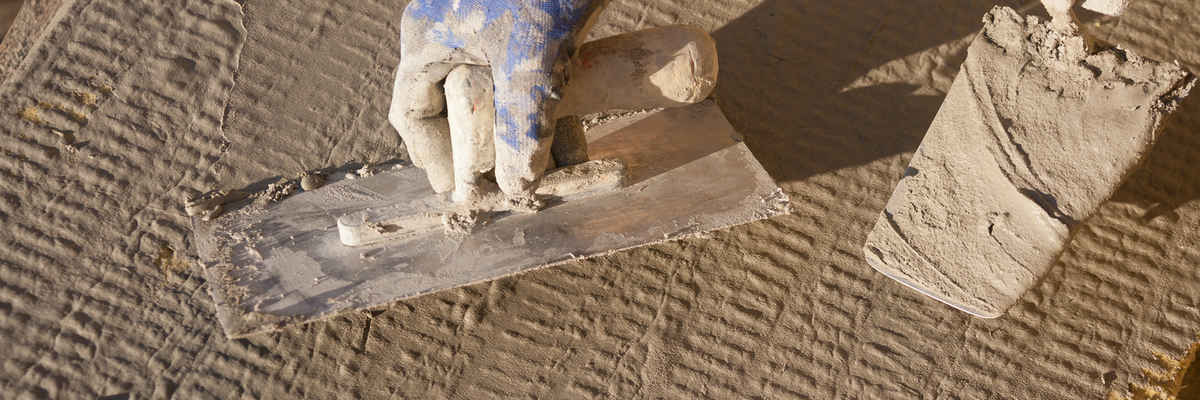
Why should you choose Insulation San Carlos California?
Insulation San carlos California is a company with a long history of providing insulation services. We've been in business for many years now and have many satisfied customers. We've been a part of San carlos's development from the very beginning, so we know what is needed in order to maintain a comfortable climate inside homes and businesses throughout all seasons.
We offer free estimates on insulation installation. In addition, we offer a wide variety of insulation types and materials to help you find the best solution for your home. And since we're located near San carlos, we can work with you to schedule service no matter what.
Call us today for your free quote!
Use our partners
- Get garage insulation in Sunnvale, CA
- Find attic insulation in Torrance, CA
- Get cupertino insulation based in CA
- Plumbing in Camp Verde
- Find an insulation company in Frisco
Insulate Your House
